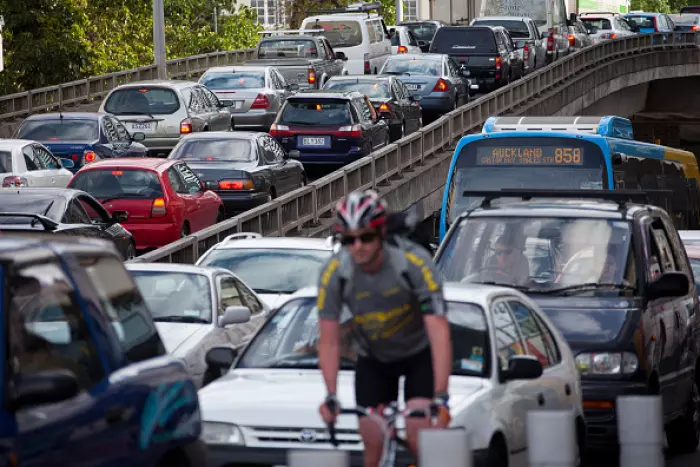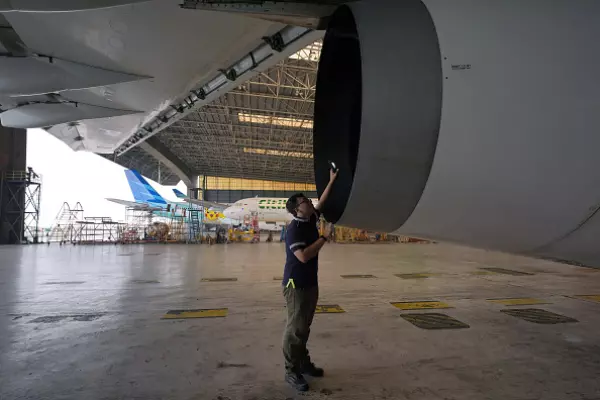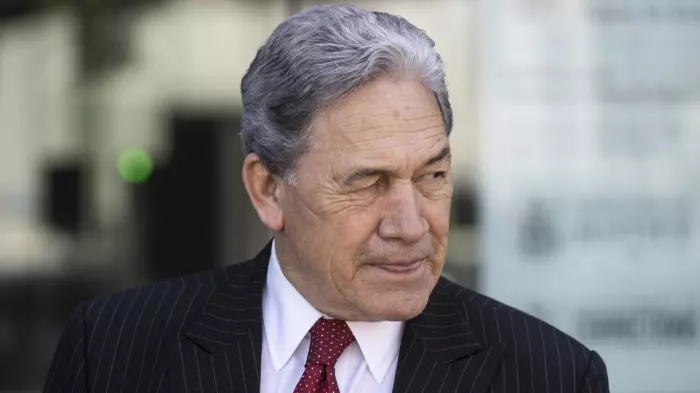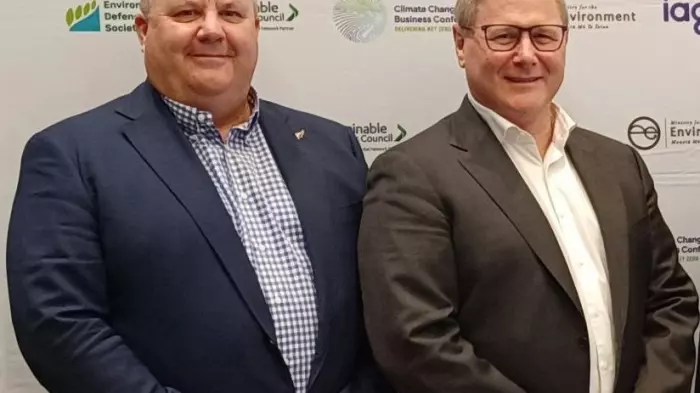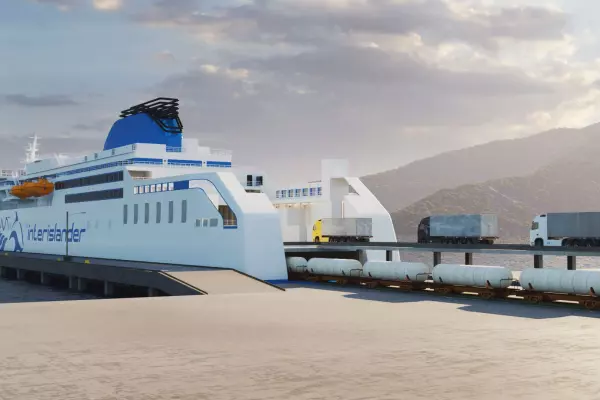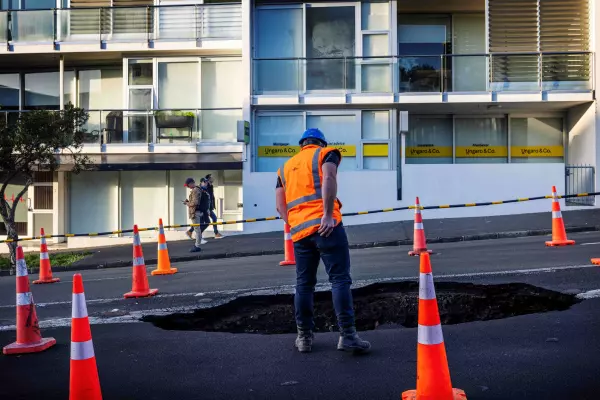Congestion charging in cities is necessary to help pay for an infrastructural spending shortfall likely to be about $15 billion a year, the New Zealand Infrastructure Commission says.
In its draft report, presented to infrastructure minister Grant Robertson on Sept 23, the commission suggests the cost of keeping up with demand for housing and net zero-carbon goals will cost the country about $31b a year over the next three decades – about double current spending.
The 245-page report, a culmination of two years of industry consultation, suggests a broader range of funding and financing options are needed to cover spiralling infrastructure needs. Key tools will be congestion charging across major road arteries, debt funding and exploration of alternative private capital models.
The commission wants a congestion scheme in place in Auckland from next year, followed by a pricing or road toll scheme for Wellington and an "identification" of other urban areas for congestion pricing by 2025.
Congestion fees charged to daily road users and freight companies are already in widespread use across a number of major global cities including London, Singapore and Stockholm.
The Congestion Question report unveiled last November by an interagency working group, including the Auckland Council and Waka Kotahi, suggests that levying Auckland commuters between $1.50-to-$3.50 per trip for driving during peak hours could generate about $250m a year and obviate the need for a regional fuel tax.
NZ Initiative economist Eric Crampton said while there was a strong business case for tariffs to curb the cost of congestion, it needs to be supported by alternative means of public transport.
Otherwise, it became another tax on poorer households, who tend to live further away from their work.
Reduce paperwork
Congestion charging is one of 67 recommendations to both central and local government, which outline a need to streamline consenting, consolidate existing infrastructure capital funds, increase the use of technology, allow for water metering and helping councils align required infrastructure with planning decisions.
Commission chief executive Ross Copland said several years of underinvestment has left NZ with an infrastructure deficit of more than $75 billion while having to face up to a population that could increase to 7.4 million people by 2050.
About 4.8m of those will live in or near the country’s five largest cities.
Added to the mix, Copland said, is a “75% chance” of a major earthquake on the southern fault within 50 years, all while trying to recruit or train another 118,000 construction workers by 2024.
Nor is it simply a matter of building our way out, he said in the report.
“We have to find the biggest bang for our buck. That means encouraging people to drive at less congested times through congestion pricing and financially rewarding those who save water.”
He said planning restrictions need to be removed in urban areas to allow people to live in areas well served by infrastructure, as well as push back against ‘NIMBYism’ (opposition to development by locals).
Infrastructure NZ general manager Claire Edmondson said while the draft report was a "good start", most of the draft recommendations highlight known issues.
Some of the work is also already underway, she said, including resource management reform, emissions reduction and a national digital strategy.
“It won’t come as a surprise to anyone that we need to ensure the resource management system doesn’t unnecessarily increase project costs, efficiency and smarter ways of getting things done.
“Now, we just need the government to take them on board and implement them in a timely way.”


